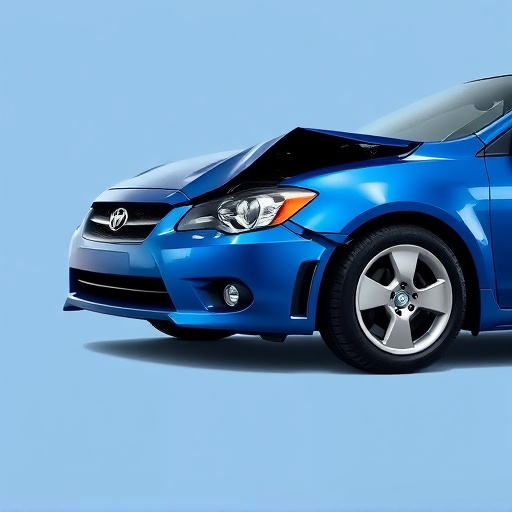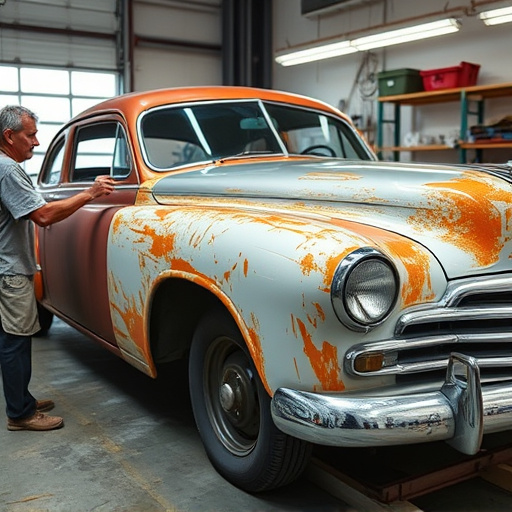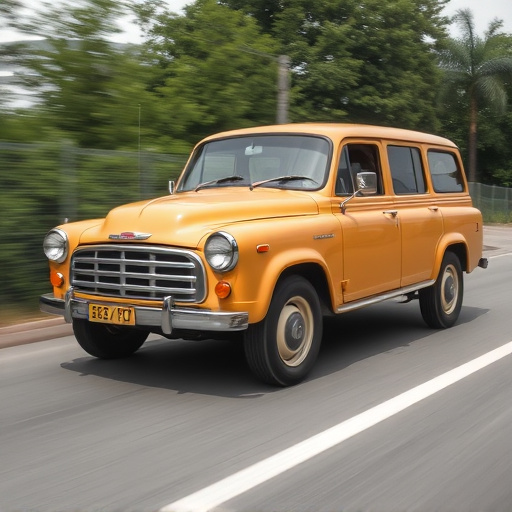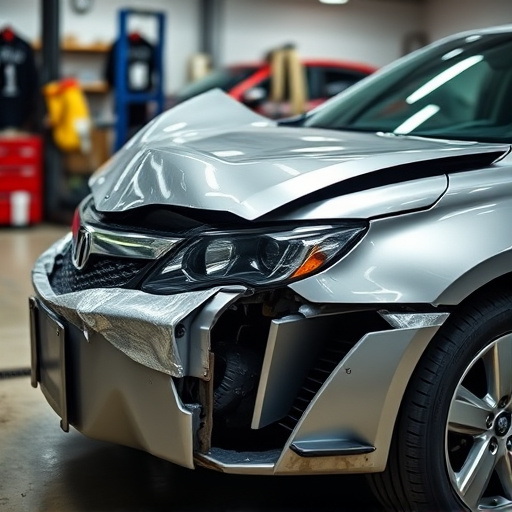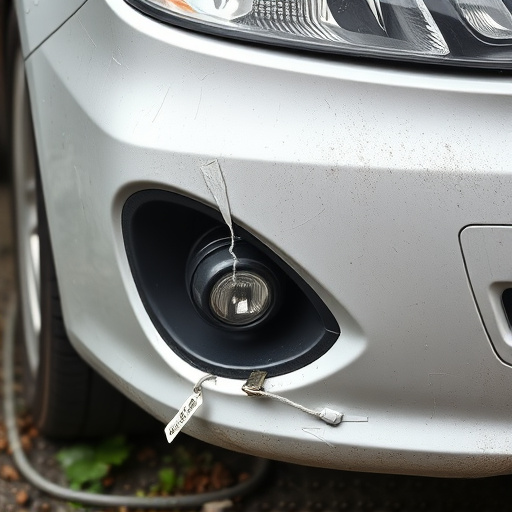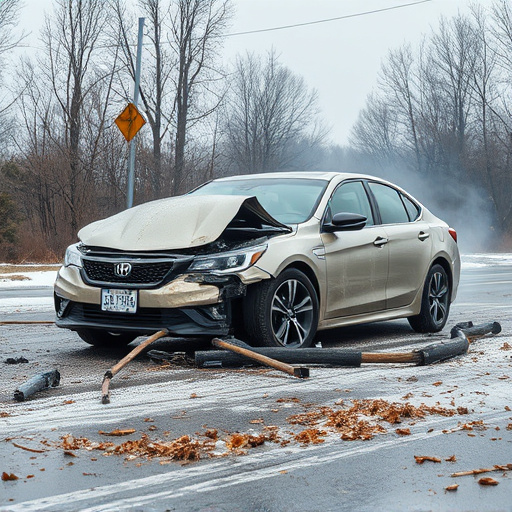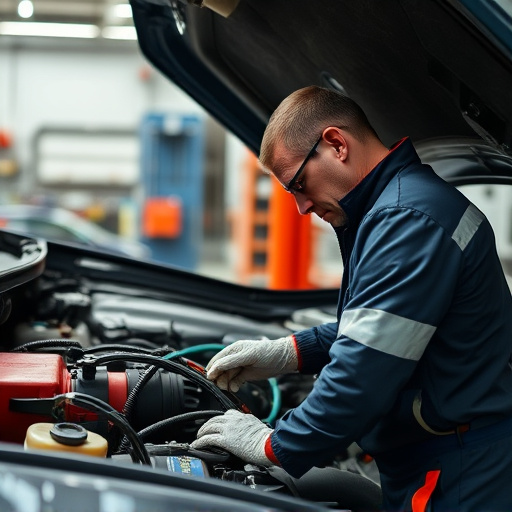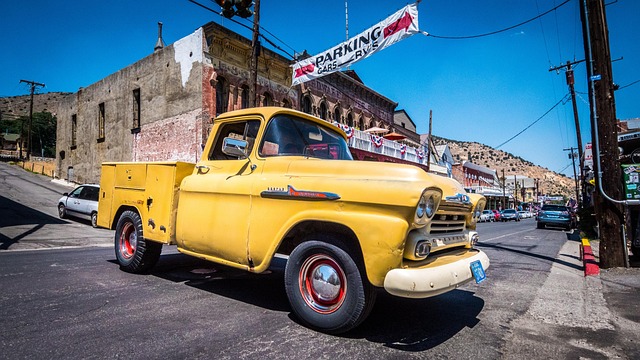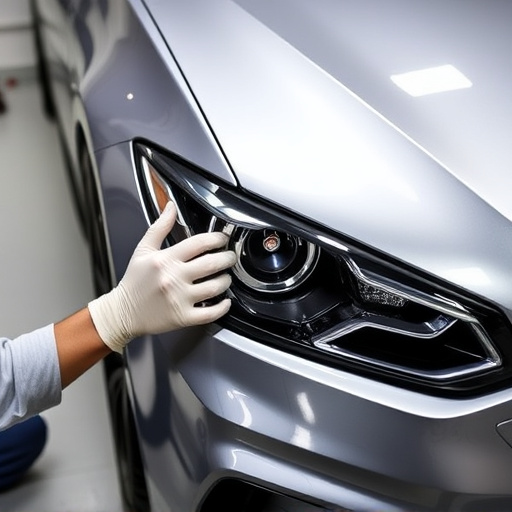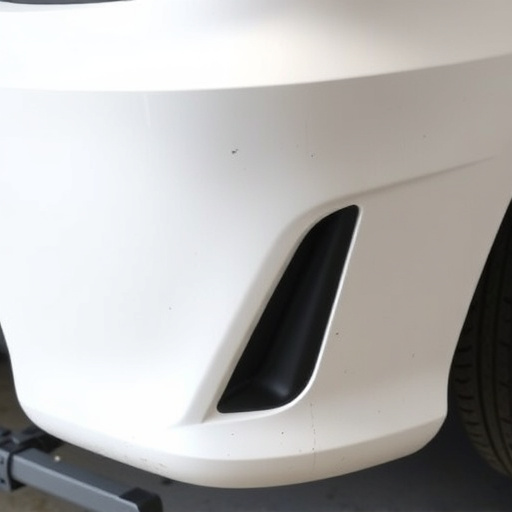Tesla ultrasonic sensor cover replacements are crucial for maintaining advanced driver-assistance features and vehicle safety. Daily driving stresses can cause damage, leading to potential malfunctions. This guide provides a simple step-by-step process for DIY replacement after minor collisions, emphasizing proper parts, alignment, and sealing for optimal vehicle body repair and enhanced auto maintenance practices.
After a parking collision, replacing your Tesla ultrasonic sensor cover is crucial for maintaining optimal vehicle safety features. This guide delves into the intricate world of Tesla’s ultrasonic sensor system, highlighting common causes of damage to these sensitive components. With a detailed, step-by-step approach, we empower you to efficiently replace your sensor cover, ensuring seamless integration and continued protection for your Tesla.
- Understanding Tesla's Ultrasonic Sensor System
- Common Causes of Damage to Sensor Covers
- Step-by-Step Guide: Replacing Your Cover
Understanding Tesla's Ultrasonic Sensor System
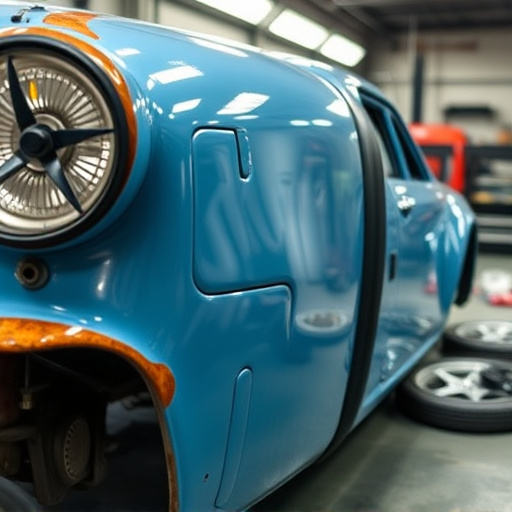
Tesla’s Ultrasonic Sensor System is a crucial component for their advanced driver-assistance systems (ADAS), offering precise parking assistance and collision avoidance. This system employs a network of ultrasonic sensors strategically placed around the vehicle, which emit high-frequency sound waves to create a detailed map of nearby objects. The data captured by these sensors enables Tesla’s vehicles to navigate tight spaces and detect potential obstacles, ensuring safer driving experiences.
When a Tesla vehicle sustains damage, such as a parking collision, the ultrasonic sensor covers might need replacement. These covers protect the sensitive sensors from dirt, debris, and environmental factors, maintaining optimal performance. An auto body shop specializing in Tesla repairs can offer expert advice on whether a replacement is necessary and ensure that the new cover aligns perfectly with the vehicle’s original design, preserving its aesthetic appeal and safety capabilities.
Common Causes of Damage to Sensor Covers

Sensor covers on Teslas, like any other vehicle’s components, are susceptible to damage from everyday driving experiences. Common causes include minor collisions during parking, where a nearby car or object may make contact, causing dents or cracks. These incidents often go unnoticed until the sensor cover is no longer functioning optimally. Another factor could be curbing or hitting bumps in parking lots, leading to misalignment or breakage. Furthermore, extreme weather conditions, such as hailstorms, can cause significant damage, making Tesla ultrasonic sensor cover replacement a necessary task for vehicle restoration.
While some minor dents and scratches might be repairable with car dent removal techniques, more severe cases may require professional auto repair services. It’s essential to address the issue promptly to prevent further complications. A damaged sensor cover not only affects the aesthetics of your Tesla but can also impact its safety features, highlighting the need for timely replacement to ensure optimal vehicle performance and peace of mind.
Step-by-Step Guide: Replacing Your Cover
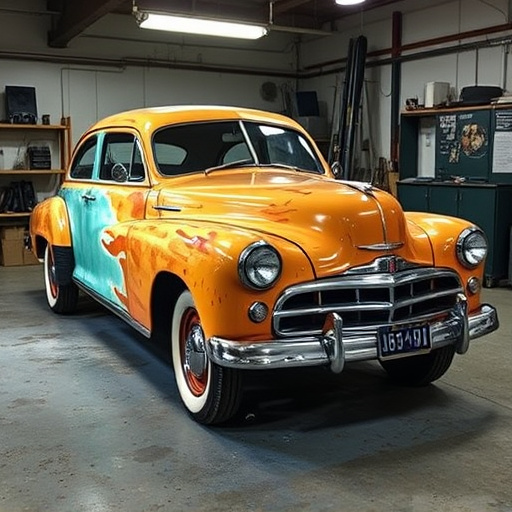
Replacing your Tesla ultrasonic sensor cover after a parking collision is a straightforward process that can be accomplished with the right tools and a few simple steps. First, gather all necessary parts, including a new sensor cover designed specifically for your Tesla model. Park your vehicle on a level surface and engage the parking brake for safety. Next, locate the damaged area, typically around the bumper or fenders where sensors are positioned. Using the correct tools, carefully remove any debris, dirt, or existing tape from the site.
With the old cover removed, align the new one precisely with the sensor positioning. Ensure all edges and notches match perfectly. Once aligned, secure the new cover using the original adhesive or fresh tape, pressing firmly for a tight seal. After the adhesive sets (follow manufacturer instructions for curing time), check for any gaps or misalignments. If everything is in order, you’ve successfully completed your Tesla ultrasonic sensor cover replacement, ensuring optimal vehicle body repair and enhancing auto maintenance practices.
If your Tesla’s ultrasonic sensor cover has been damaged from a parking collision, don’t let it compromise your vehicle’s safety features. A straightforward Tesla ultrasonic sensor cover replacement can restore full functionality and peace of mind. By understanding the system, identifying common causes of damage, and following a simple step-by-step guide, you’re well-equipped to handle this task efficiently. Remember, quick action ensures optimal performance for your Tesla’s advanced driver-assistance systems.
